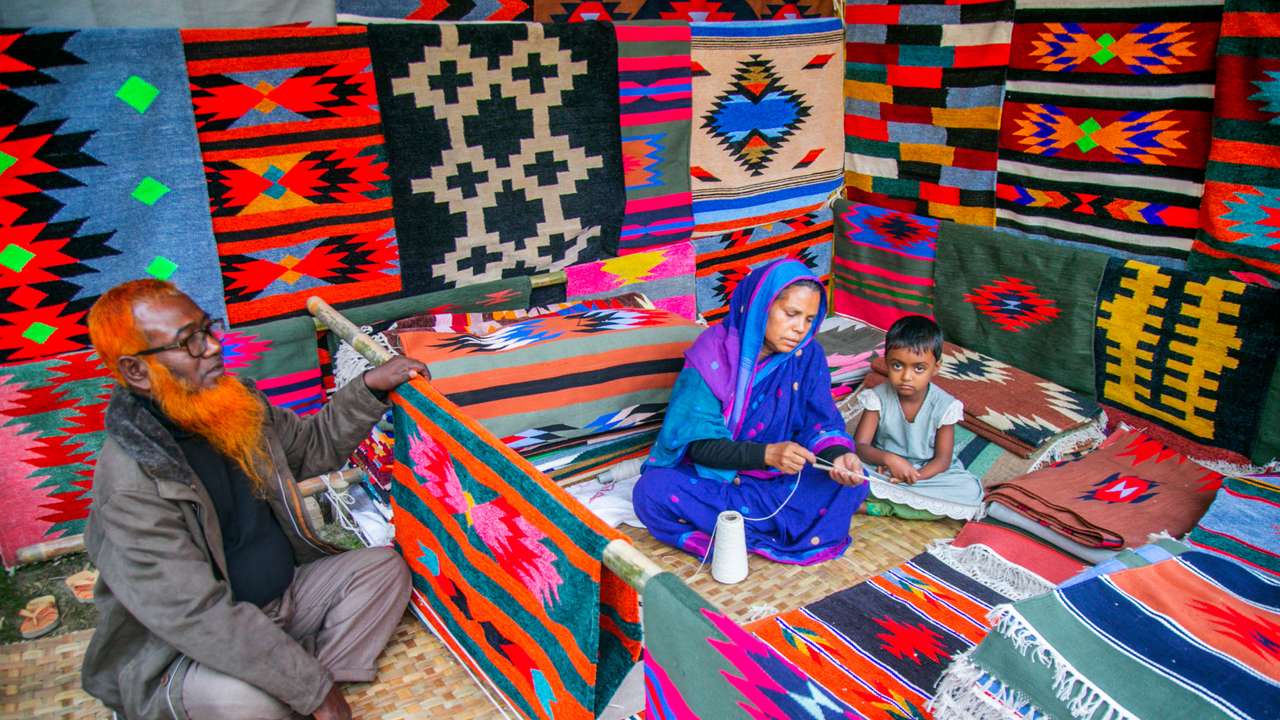India limits Bangladeshi exports through land ports

India has placed new restrictions on goods imported from Bangladesh through land ports.
The move has raised concerns among exporters about rising costs and trade delays.
A notice from India’s Directorate General of Foreign Trade said garments, agro-processed foods, plastic products, and wooden furniture from Bangladesh can no longer enter India through land routes in Assam, Meghalaya, Tripura, Mizoram, and parts of West Bengal.
Imports of garments will now be allowed only through the Kolkata and Nhava Sheva sea ports.
The decision took effect immediately.
The move comes weeks after India suspended transhipment of Bangladeshi goods to third countries via land borders.
It also follows Bangladesh’s own decision in April to block yarn imports from India through five of its land ports, a step aimed at protecting its local textile industry.
The sudden shift has alarmed Bangladeshi exporters, especially garment and plastic goods producers, who rely heavily on land routes.
Nearly 93 percent of Bangladeshi apparel exports to India, valued at about $700 million annually, are shipped through land ports.
Economists have warned that sudden restrictions could damage long-standing trade links between the two neighbours.
He urged both governments to hold talks and improve coordination to keep trade flowing.